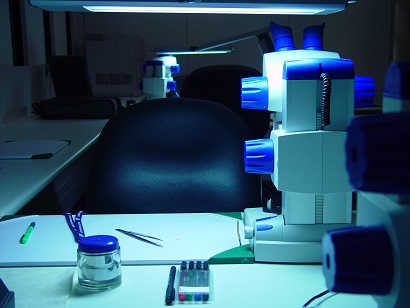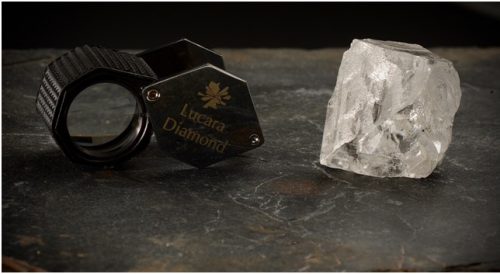‘Grading’ Is Just for Natural Diamonds, Says CIBJO
Laboratories should reserve the term “grading report” for natural diamonds rather than lab-grown stones, the World Jewellery Confederation (CIBJO) has urged. Lab-grown diamonds lack the rarity that underpins the concept of grading, CIBJO argued Tuesday. Instead, documents providing details of synthetics should be called “Laboratory-Grown Diamond Product Specifications,” the organization says in a new set of … Read more





